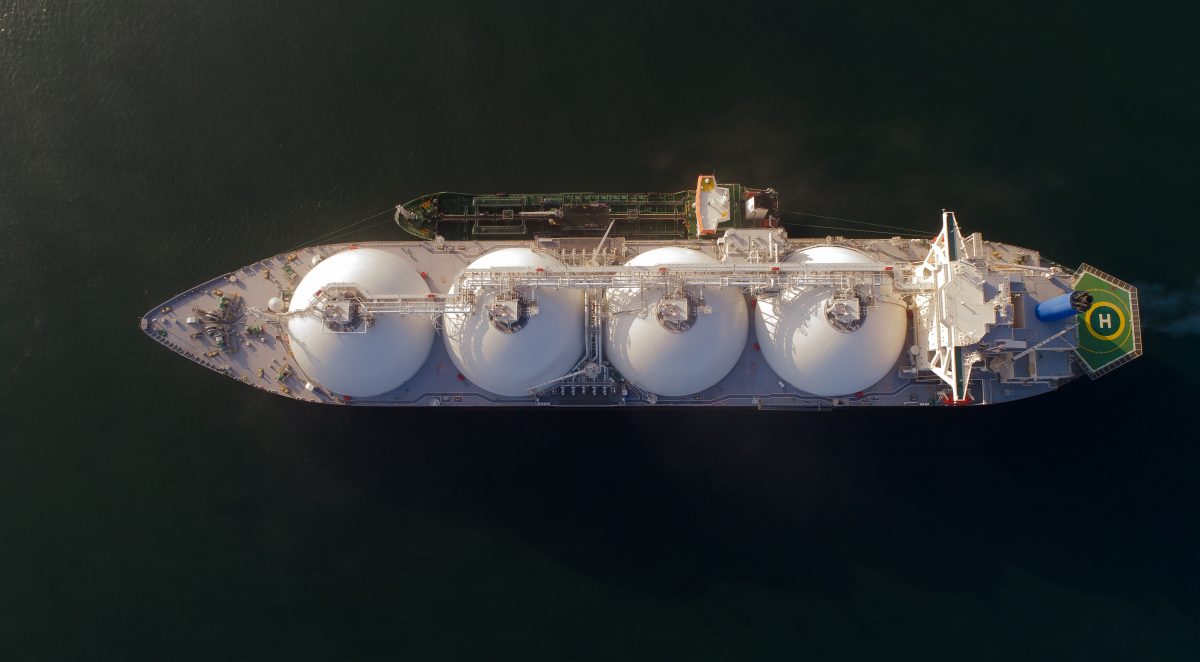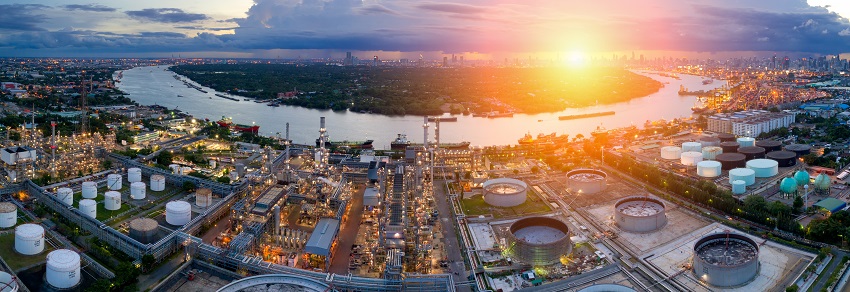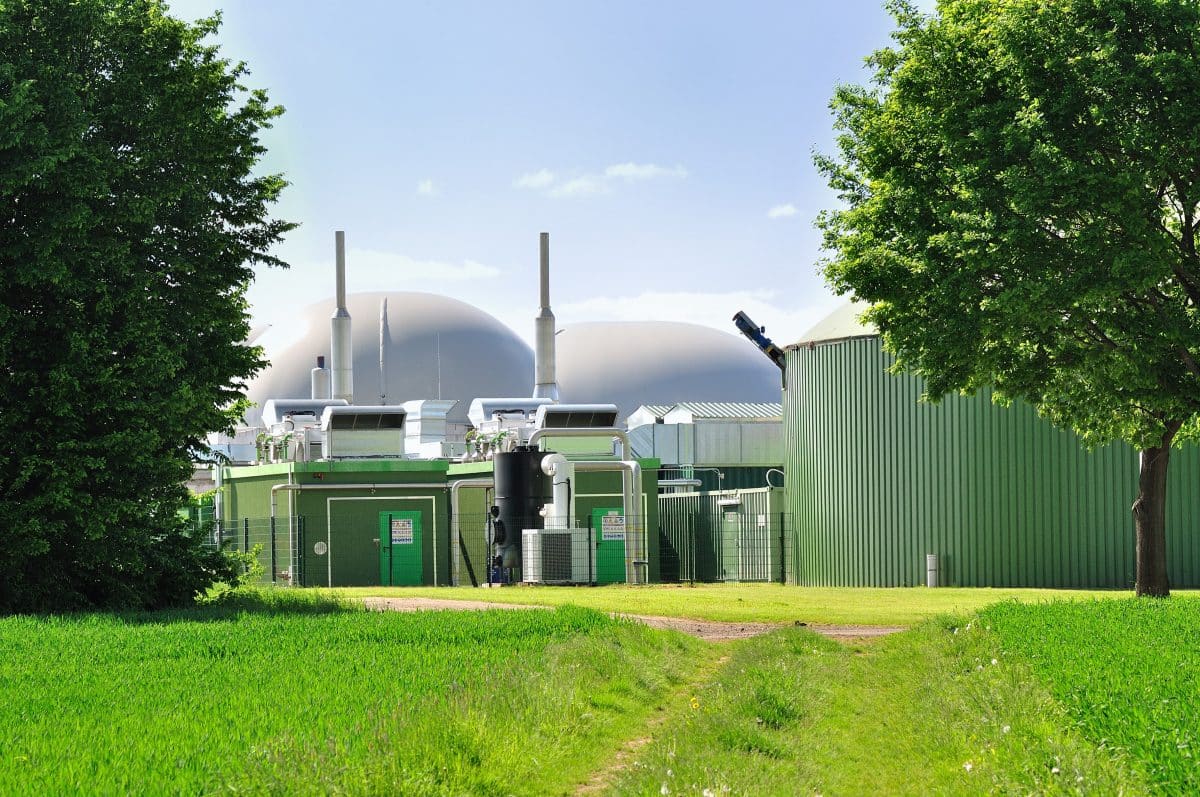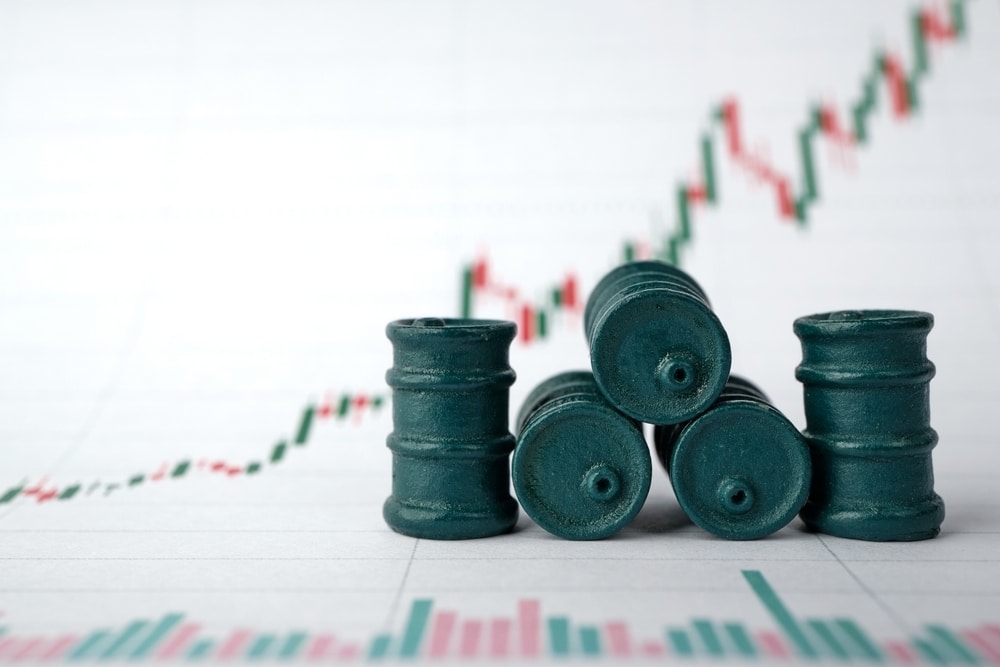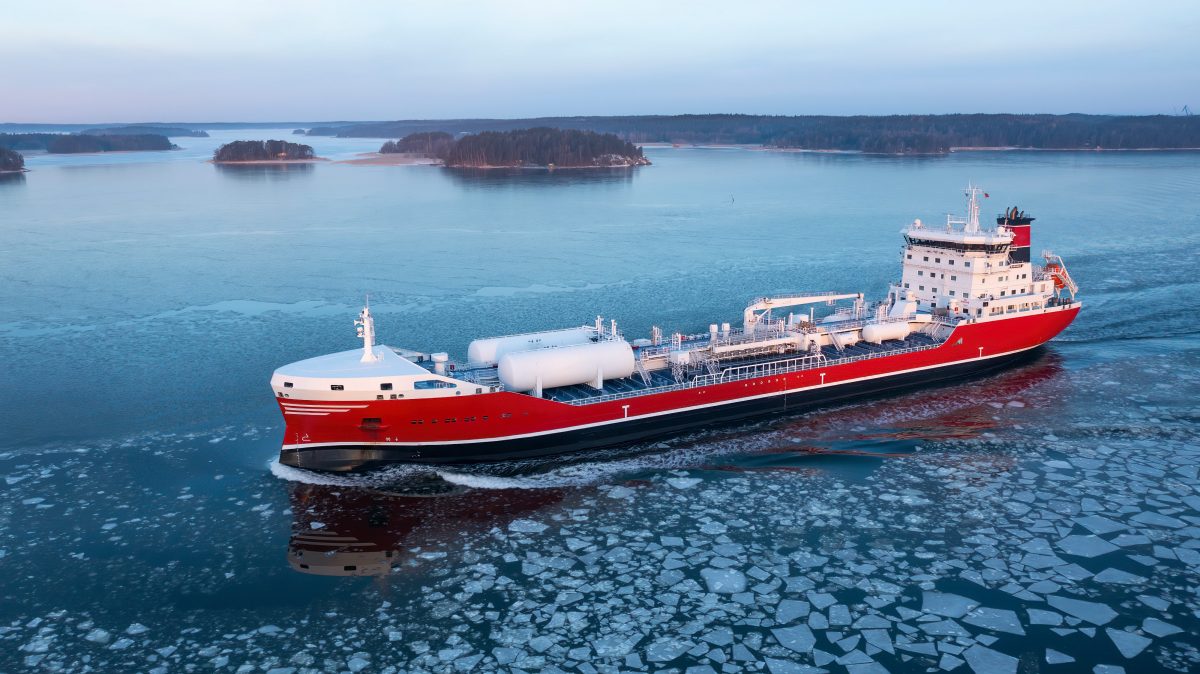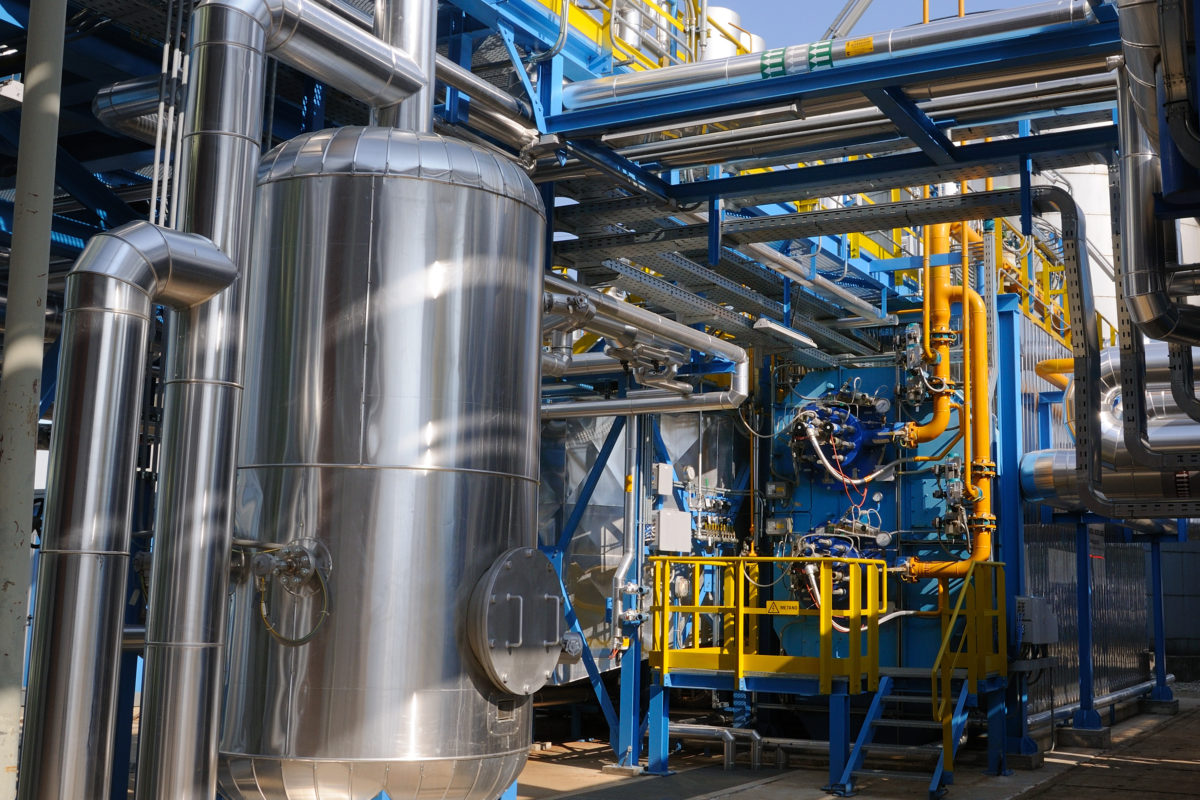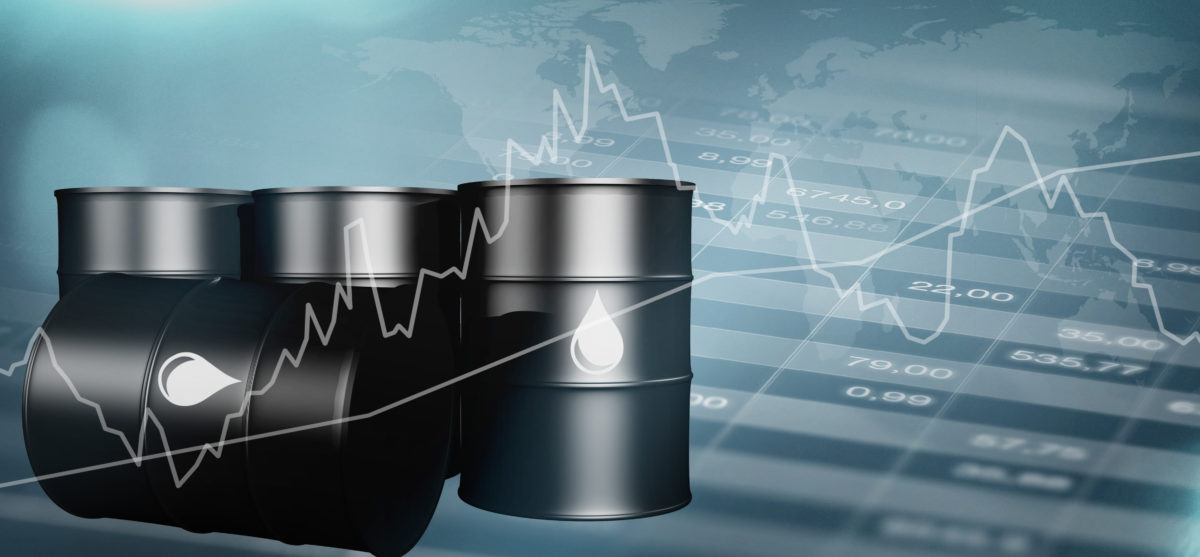Sinopec, one of China’s largest state-owned oil and gas companies, has been awarded a significant contract to develop a tank farm in Saudi Arabia, marking a major expansion of its presence in the Middle East.
This development represents a key strategic move for Sinopec, which aims to strengthen its foothold in one of the world’s leading oil markets.
The project involves the construction of a state-of-the-art storage facility designed to handle a substantial volume of crude oil and refined products. The tank farm is expected to enhance Saudi Arabia’s capacity to manage and distribute its vast oil resources more efficiently, boosting its operational capabilities.
The deal comes at a time when the global oil industry is undergoing significant changes, with major players seeking to optimize their logistics and storage infrastructures. Sinopec’s involvement underscores the growing trend of increased collaboration between Chinese and Middle Eastern energy sectors. The company’s advanced technology and expertise in large-scale industrial projects were key factors in securing this contract.
This tank farm will feature advanced storage and management systems, designed to ensure high efficiency and safety standards. The facility’s strategic location within Saudi Arabia will facilitate better logistical coordination and support the country’s goal of increasing its oil export capabilities.
The project is expected to have substantial economic benefits for both Sinopec and Saudi Arabia. For Sinopec, it offers a substantial revenue stream and a chance to further integrate its operations within the region’s oil supply chain. For Saudi Arabia, it provides a critical infrastructure upgrade that will support its long-term energy strategy and economic diversification efforts.
As part of the agreement, Sinopec will work closely with local partners to ensure the project’s successful execution, adhering to Saudi Arabia’s regulatory standards and environmental guidelines. This collaborative approach is likely to foster stronger business relationships and open up further opportunities for Sinopec in the region.
The tank farm’s development is also expected to create numerous job opportunities, contributing to the local economy and supporting Saudi Arabia’s Vision 2030 initiative, which aims to diversify the economy and reduce its dependency on oil.
Overall, this contract signifies a pivotal moment in Sinopec’s international expansion strategy and highlights the strengthening ties between China and Saudi Arabia in the energy sector. The successful completion of this project could pave the way for additional partnerships and investments in the region’s growing energy market.
By: 1Arabia , September , 6 , 2024

